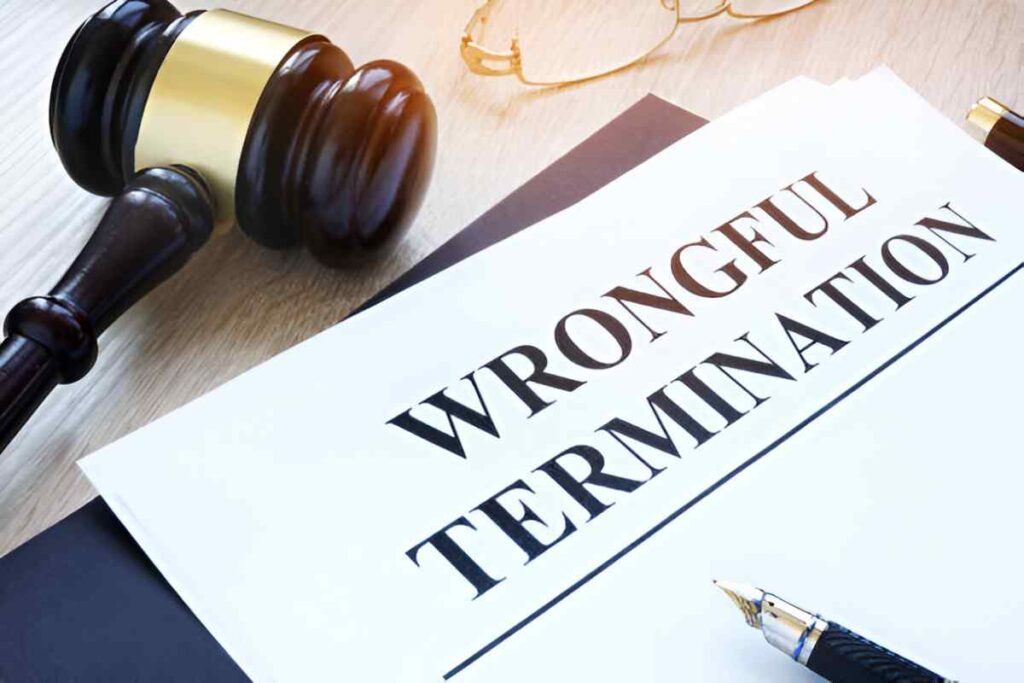Introduction
Few legal concepts in finance and accounting strike as much fear as the misfeasance summons. It carries weight because it targets directors and officers personally, piercing the corporate veil. I have seen firsthand how misunderstandings about misfeasance summonses lead to unnecessary panic. This guide breaks down what misfeasance summonses are, when they apply, and how to defend against them.
Table of Contents
What Is a Misfeasance Summons?
A misfeasance summons is a legal action brought against company directors or officers for breach of fiduciary duty, negligence, or wrongful conduct that harms creditors or the company itself. Unlike general corporate liability, misfeasance claims hold individuals accountable.
Key Elements of Misfeasance
- Breach of Duty – Directors must act in the company’s best interests.
- Wrongful Conduct – Actions (or inactions) that harm creditors or the company.
- Causation – The breach must directly cause financial loss.
Legal Foundations
Misfeasance summonses stem from Section 212 of the Insolvency Act 1986 (UK) and analogous US laws like Delaware General Corporation Law § 102(b)(7). While UK law explicitly uses the term “misfeasance,” US courts often frame similar claims as breach of fiduciary duty or fraudulent conveyance.
Comparison: UK vs. US Misfeasance Claims
| Aspect | UK (Insolvency Act 1986) | US (State Laws) |
|---|---|---|
| Legal Basis | Statutory (Section 212) | Common Law & Statutes |
| Who Can Sue? | Liquidators/Creditors | Trustees/Creditors |
| Burden of Proof | Balance of Probabilities | Preponderance of Evidence |
| Common Defenses | Business Judgment Rule | Business Judgment Rule |
When Does Misfeasance Apply?
Misfeasance claims often arise in insolvency cases. If a company goes bankrupt, creditors may argue that directors mismanaged assets.
Common Scenarios
- Fraudulent Transfers – Moving assets to avoid creditors.
- Excessive Risk-Taking – Directors approving reckless investments.
- Failure to Maintain Records – Negligence in financial reporting.
Example: Calculating Damages
Suppose a director approves a \$500,000 transfer to a related party before bankruptcy. Creditors prove this was a fraudulent conveyance. The court may order repayment:
\text{Recoverable Amount} = \$500,000 + \text{Interest at Judgment Rate}Defenses Against Misfeasance Claims
Directors can defend themselves by proving:
- Good Faith – They acted honestly.
- Business Judgment Rule – Decisions were informed and reasonable.
- No Causation – The alleged misconduct did not cause the loss.
Case Study: In re Walt Disney Co. Derivative Litigation
Disney’s board was sued for approving a \$140 \text{ million} severance package. The court ruled in their favor, citing the business judgment rule.
How to Mitigate Risk
- Document Decisions – Maintain board minutes and financial records.
- D&O Insurance – Protects against personal liability.
- Independent Advice – Consult legal/financial experts before major decisions.
Conclusion
Misfeasance summonses are serious but not undefeatable. By understanding the legal landscape, directors can navigate risks confidently. If you face a misfeasance claim, seek legal counsel immediately—proactive defense is key.





